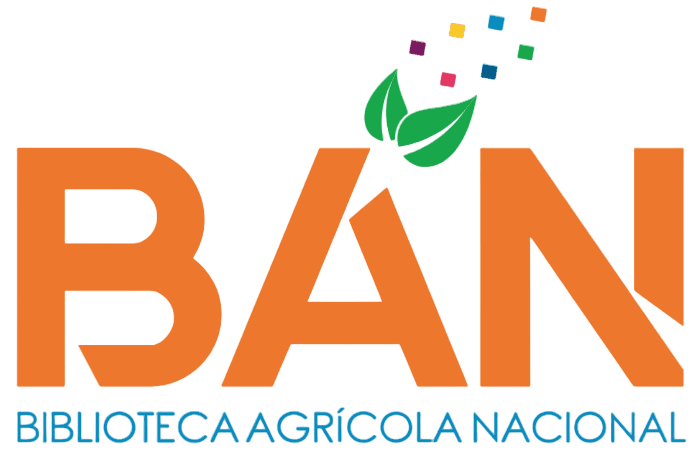Potencial de la ganadería regenerativa sobre la tradicional y su efecto en los suelos de Iñapari, Madre de Dios
Loading...
Código QR
Authors
Zehnder Echevarria, Lane Scott
Contact Email
Abstract
La expansión de áreas agrícolas y ganaderas ha llevado a una alarmante deforestación y pérdida de biodiversidad, exacerbada por prácticas de manejo insostenible que degradan la salud del suelo, comprometiendo su capacidad para sostener la productividad. Esto exige la expansión de fincas ganaderas en busca de suelos más fértiles. Frente a esto, la ganadería regenerativa se presenta como una alternativa que transforma el enfoque tradicional de producción. A través del manejo holístico, busca restaurar la salud del suelo y la sostenibilidad de los agroecosistemas, promoviendo prácticas positivas, como la reducción de insumos químicos, el pastoreo planificado y el fomento de diversos pastos perennes. Estas prácticas mejoran la retención de agua y la resiliencia ante condiciones climáticas adversas. Sin embargo, es esencial validar estas técnicas mediante investigaciones que comparen la ganadería regenerativa con los sistemas tradicionales basados en monocultivos y sistemas de pastoreo continuo. Se propone evaluar el potencial de la ganadería regenerativa sobre el suelo en Iñapari, Madre de Dios, caracterizando ambos sistemas de producción y analizando las propiedades fisicoquímicas y biológicas del suelo. Se evaluaron 4 fincas regenerativas y 4 fincas tradicionales, se encontró que los ganaderos regenerativos adoptan una perspectiva ecológica, implementan prácticas que mejoran la salud del suelo como la rotación de potreros y la cobertura vegetal, además fomentan la biodiversidad integrando diferentes tipos de pastos y árboles. Las diferencias estadísticamente significativas (P < 0.05) encontradas entre ambas ganaderías (Tradicional vs Regenerativa) fueron respectivamente la carga animal (0.39 vs 1.13 UA/ha), sorptividad (0.0959 vs 0.1566 cm/√s), las concentraciones de fosforo (3.6 vs 4.3 ppm) y todos los indicadores de macrofauna, como densidad total (124.2 vs 365.26 Ind/m²), riqueza taxonómica (2.0 vs 4.89), indicador global de macrofauna (0.22 vs 0.28) y bosta con agujeros (37 vs 68 %) que reflejan la diversidad y la actividad biológica del suelo.
The expansion of agricultural and livestock areas has led to alarming deforestation and biodiversity loss, exacerbated by unsustainable management practices that degrade soil health, compromising its ability to sustain productivity. This requires the expansion of cattle farms in search of more fertile soils. In the face of this, regenerative livestock farming is presented as an alternative that transforms the traditional approach to production. Through holistic management, it seeks to restore soil health and the sustainability of agroecosystems, promoting positive practices, such as the reduction of chemical inputs, planned grazing, and the promotion of various perennial grasses. These practices improve water retention and resilience to adverse weather conditions. However, it is essential to validate these techniques through research that compares regenerative livestock farming with traditional systems based on monocultures and continuous grazing systems. It is proposed to evaluate the potential of regenerative livestock farming on the ground in Iñapari, Madre de Dios, characterizing both production systems and analyzing the physicochemical and biological properties of the soil. 4 regenerative farms and 4 traditional farms were evaluated, it was found that regenerative ranchers adopt an ecological perspective, implement practices that improve soil health such as pasture rotation and vegetation cover, and promote biodiversity by integrating different types of grasses and trees. The statistically significant differences (P < 0.05) found between both farms (Traditional vs Regenerative) were respectively the animal density (0.39 vs 1.13 AU/ha), sorptivity (0.0959 vs 0.1566 cm/√s), phosphorus concentrations (3.6 vs 4.3 ppm) and all macrofauna indicators, such as total density (124.2 vs 365.26 Ind/m²), taxonomic richness (2.0 vs 4.89), Global indicator of macrofauna (0.22 vs 0.28) and dung with holes (37 vs 68%) reflecting soil diversity and biological activity.
The expansion of agricultural and livestock areas has led to alarming deforestation and biodiversity loss, exacerbated by unsustainable management practices that degrade soil health, compromising its ability to sustain productivity. This requires the expansion of cattle farms in search of more fertile soils. In the face of this, regenerative livestock farming is presented as an alternative that transforms the traditional approach to production. Through holistic management, it seeks to restore soil health and the sustainability of agroecosystems, promoting positive practices, such as the reduction of chemical inputs, planned grazing, and the promotion of various perennial grasses. These practices improve water retention and resilience to adverse weather conditions. However, it is essential to validate these techniques through research that compares regenerative livestock farming with traditional systems based on monocultures and continuous grazing systems. It is proposed to evaluate the potential of regenerative livestock farming on the ground in Iñapari, Madre de Dios, characterizing both production systems and analyzing the physicochemical and biological properties of the soil. 4 regenerative farms and 4 traditional farms were evaluated, it was found that regenerative ranchers adopt an ecological perspective, implement practices that improve soil health such as pasture rotation and vegetation cover, and promote biodiversity by integrating different types of grasses and trees. The statistically significant differences (P < 0.05) found between both farms (Traditional vs Regenerative) were respectively the animal density (0.39 vs 1.13 AU/ha), sorptivity (0.0959 vs 0.1566 cm/√s), phosphorus concentrations (3.6 vs 4.3 ppm) and all macrofauna indicators, such as total density (124.2 vs 365.26 Ind/m²), taxonomic richness (2.0 vs 4.89), Global indicator of macrofauna (0.22 vs 0.28) and dung with holes (37 vs 68%) reflecting soil diversity and biological activity.
Description
Universidad Nacional Agraria La Molina. Facultad de Zootecnia. Departamento
Académico de Producción Animal
Keywords
Ganadería regenerativa
Citation
Date
2025
Collections
Seleccionar año de consulta:
Licencia de uso

Excepto si se señala otra cosa, la licencia del ítem se describe como info:eu-repo/semantics/openAccess

